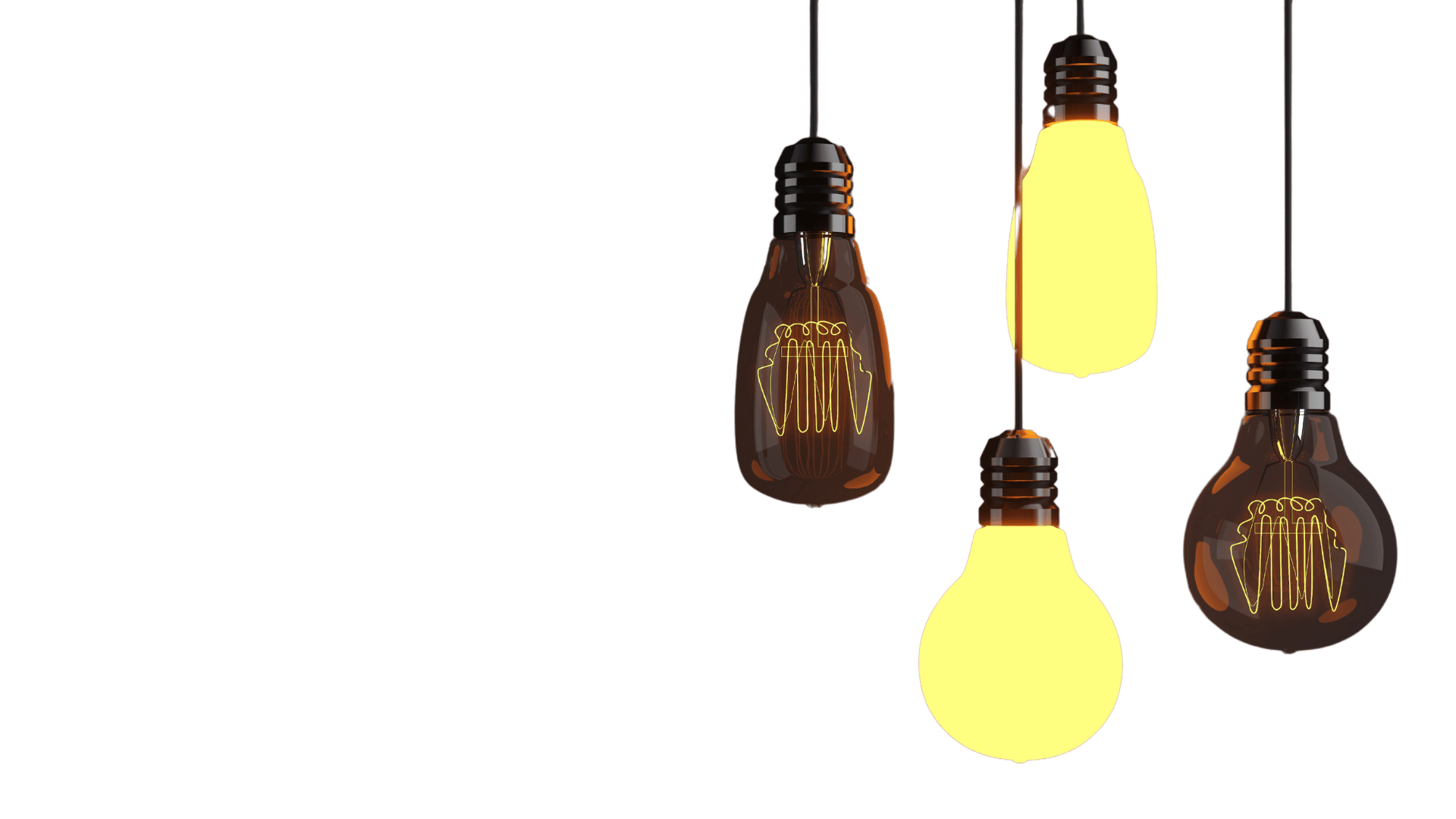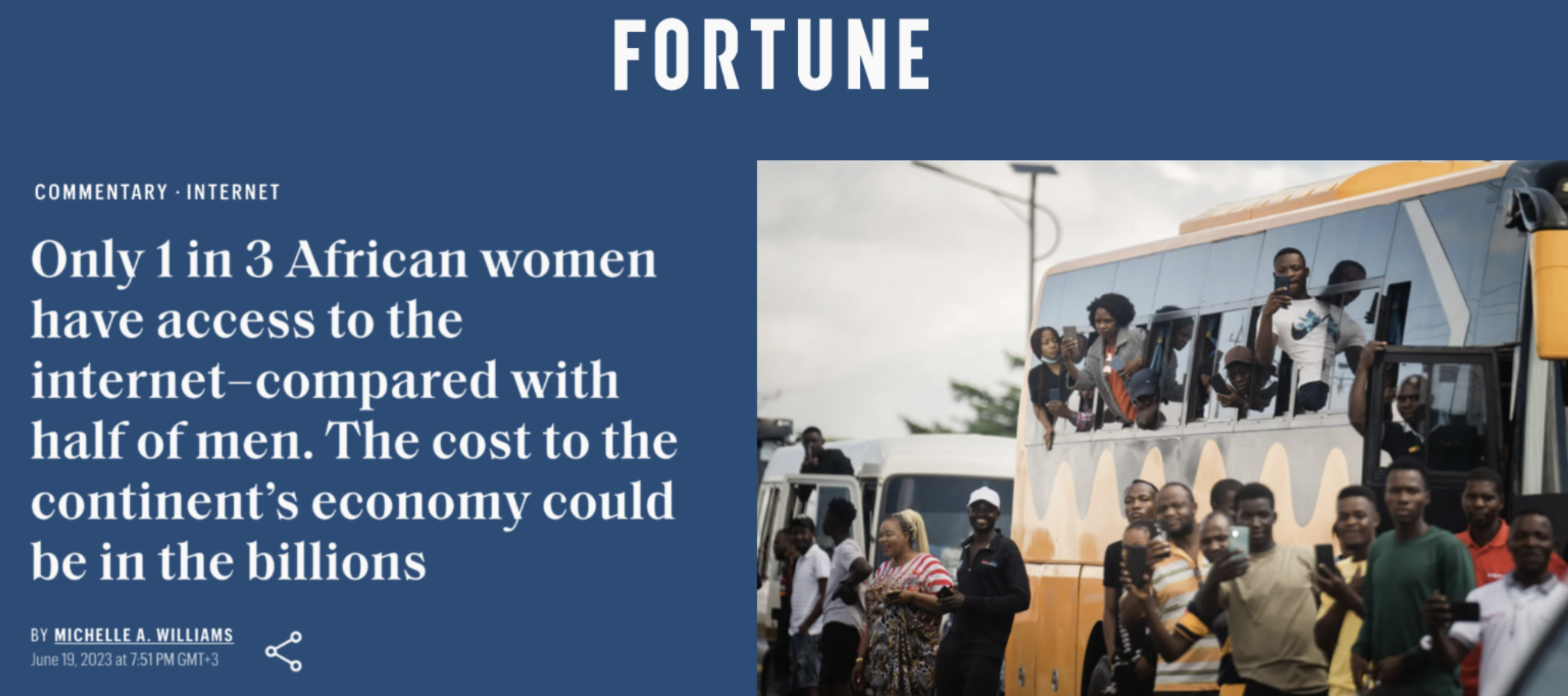2.3 KiB
2.3 KiB
title, sidebar_position
| title | sidebar_position |
|---|---|
| Conclusion | 10 |
Only 50% of world has decent access to Internet, let's recap the issues.
1. Centralization Risks
- Dependence on Few Entities: Countries and individuals heavily rely on centralized providers like Google, Amazon, and Microsoft for critical services, creating vulnerabilities to disruptions, geopolitical conflicts, and external control over data and infrastructure.
- Loss of Sovereignty: Centralized data centers and infrastructure compromise autonomy, leaving nations and organizations at the mercy of foreign entities and global policies.
- Fragility: The current centralized model leads to single points of failure, where disruptions can have widespread economic and societal impacts.
2. Internet Inefficiency
- Long-Distance Data Transfer: Much of the world depends on internet infrastructure located far away, requiring data to travel unnecessarily long distances, increasing costs and reducing reliability.
- Underutilized Hardware: Modern computing systems fail to efficiently utilize hardware advancements due to inefficiencies like excessive context switching, leading to wasted resources and performance bottlenecks.
3. Economic and Structural Challenges
- GDP Negative Impact: Developing nations face economic disadvantages due to the internet's structure. Revenue is lost to global platforms (e.g., booking sites, advertising), creating economic leakage and dependency.
- Infrastructure Costs: Developing countries disproportionately bear the cost of accessing global internet infrastructure without reaping proportional benefits.
4. Technological and Architectural Flaws
- Outdated Protocols: TCP/IP, the foundational internet protocol, was not designed for modern needs like dynamic networks, security, and session management, leading to inefficiencies and vulnerabilities.
- Layer Complexity: The current "onion-like" stack of layers in cloud and internet architecture adds unnecessary complexity and fragility, masking core problems rather than addressing them.
5. Less than 50% of world has decent internet
Finally, we should not forget that the internet is only available to 50% of the world!


